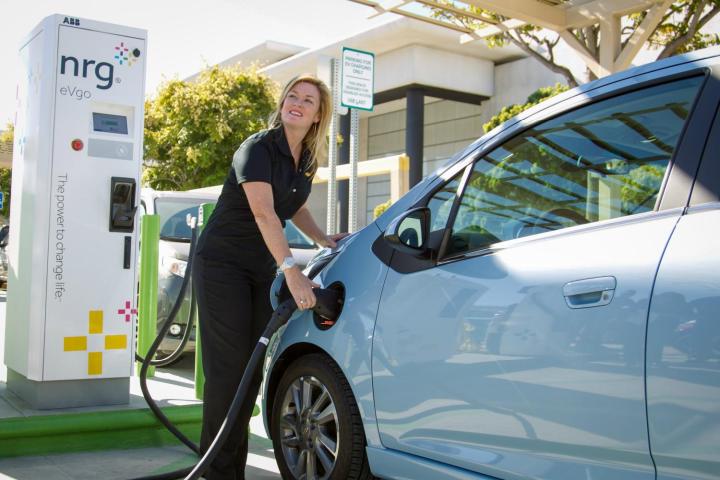
Since the arrival of hybrids on the scene more than a decade ago, automakers have been struggling to learn the demographics of buyers attracted to new, green powertrains. On its face the growing popularity of electric cars would seem to reflect the same trends, only more so.
A new study by Exparian complicates this picture by suggesting that the average EV buyer is actually quite different than their hybrid loving counterpart.
The headline news from the study suggests that EV buyers are both younger and wealthier than hybrid buyers. 55 percent of EV buyers are between the ages of 36 and 55, which is actually fairly young for new car buyers. In contrast, nearly half of all hybrid buyers are 56 or older. Only about a quarter of EV buyers are that old.
In terms of income, there is also a stark difference; 21 percent of EV buyers have a household income of $175,000 or more, nearly twice the percentage of hybrid buyers.
This is interesting, as it seems to suggest a fairly wide gulf between the two groups, as well as an opportunity for automakers. However, the story may not be what it looks on the surface.
According to the survey hybrids make up 98 percent of the alternative powertrain vehicle market in the U.S. Electric cars are still a tiny fraction of sales, and in fact not available in broad geographical swaths of the country.
Despite the massive 245-percent growth in the EV market in the last few years, these sales remain confined to urban areas on the coasts that have extensive charging infrastructure. This fact may help account for some of the sales data, as urban residents tend to be both younger and wealthier than their counterparts.
What’s more, the EV numbers might be skewed by the limited selection of vehicles. For instance most EVs like the Nissan LEAF are available in $30,000 range, a market price available to most younger buyers. Yet simultaneously the Tesla Model S, at more than twice that price, makes up a substantial part of the EV market. Its high price would demand that buyers be in the affluent $175,000 income range.
So what we may be seeing is an EV market made up of distinct pieces; young buyers interested in the entry level options and a smaller chunk shelling out big bucks for the luxurious and sporty Tesla.
Even if this is not the case, it will be hard to get a truly accurate read on the EV market until it expands to be more than a sales novelty. Just as it would have been hard to evaluate hybrids and their future demographics from the first few years of Toyota Prius sales.


